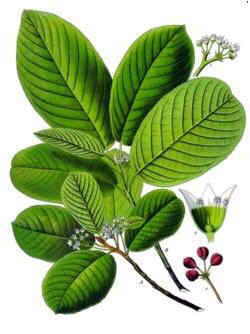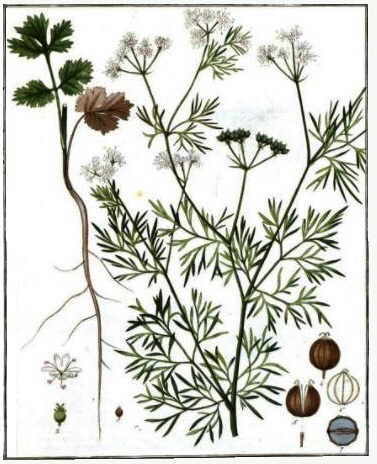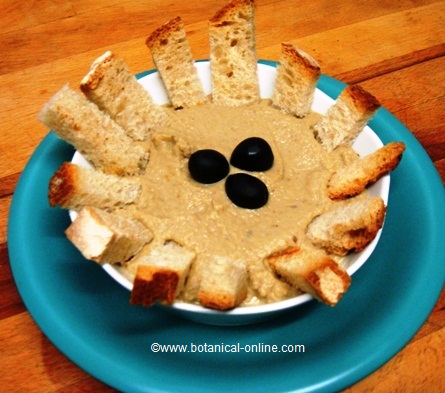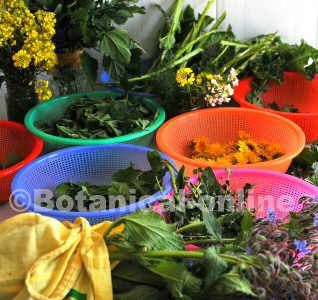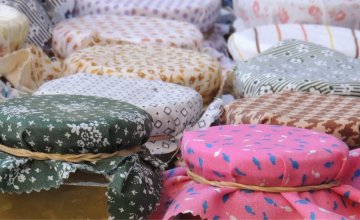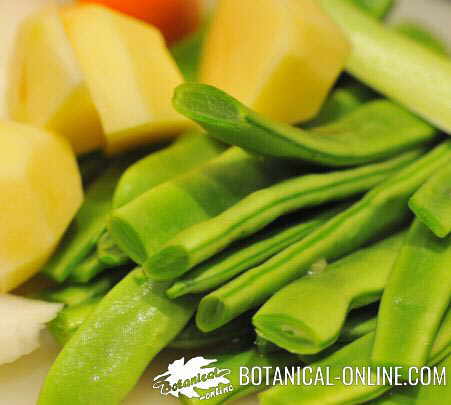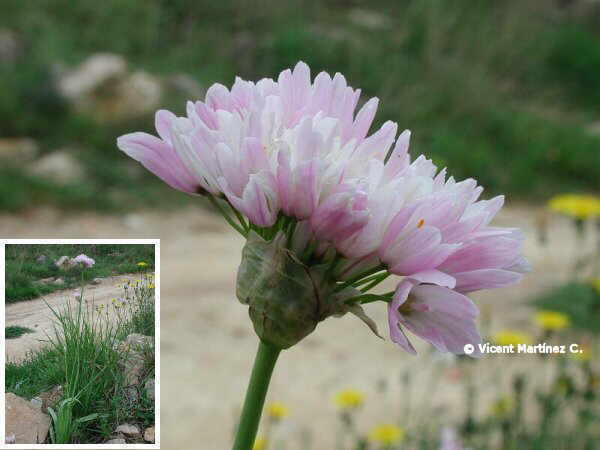Contents
What is a gentian plant?
Gentian characteristics (Gentiana lutea)
Common English name: Gentian, bitterroot, yellow gentian
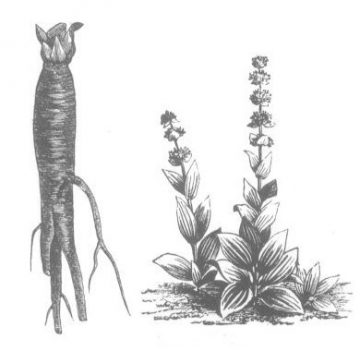
Scientific name: Gentiana lutea L.
Family: Gentianaceae
Habitat: Where to find gentians?
Native from southern and eastern Europe, it can be found on calcareous mountains from 1000 m. high.
Its name derives from “Gentio”, King of Illyria, the alleged Adriatic region where the Indo-European language originated. It seems that these people used the plant to reduce fever.
Characteristics of gentian
Perennial plant of the Gentianaceae family up to 120 cm tall.
Stems erect, arising from a very vigorous root up to 30 cm in length, brownish white on the inside and outside.
Lower leaves much longer than the upper, greenish-yellow with very prominent nerves. Upper leaves without petiole, opposite and pointed.
Yellow flowers gathered in whorls. Fruit is a capsule, which contains many seeds.
Harvesting and conservation
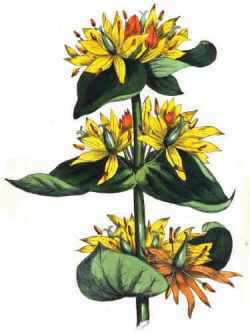
Gentian roots should be collected during the spring or fall, from plants that are at least two years of age. Preparations for liquor should be based on tender roots.
For medicinal preparations, they must be dried in the sun and stored in airtight containers in a cool, dry place. This is protected plant in many places, so it is strictly forbidden to collect it in the wild.
Components of gentian:
- Bitter principles: gentioflavosid, gentiopicroside, amarogenin, swertiamaroside, inulin. (Root)
- Alkaloids: gentianine, gentiamarin and gentialutine. (Root)
- Essential oil: carvacrol, limonene and linalool.
- Acids: ascorbic, caffeic, nicotinic, oxycinamic, gentisic (Root)
- Pigments: gentiosin, gentisin and isogentisin. (Root)
- Minerals: aluminum, calcium, chromium, cobalt, iron, magnesium, manganese, phosphorus, potassium, selenium, sodium (Root)
- Fiber: Pectin (Root)
- Vitamins: Vitamin C, riboflavin (Vitamin B2), niacin (Vitamin B3) and thiamin (Vitamin B1) (Root)
- Carbohydrates: sucrose, dextrose, gentianose (Root)
- Proteins (Root)
Uses of gentian
This plant native to southern and eastern Europe is used in:
- Beverage: The root is used in the production of tonics or in the brewing, fulfilling the function of hops.
- As a medicinal plant
![]() More information on gentian
More information on gentian

